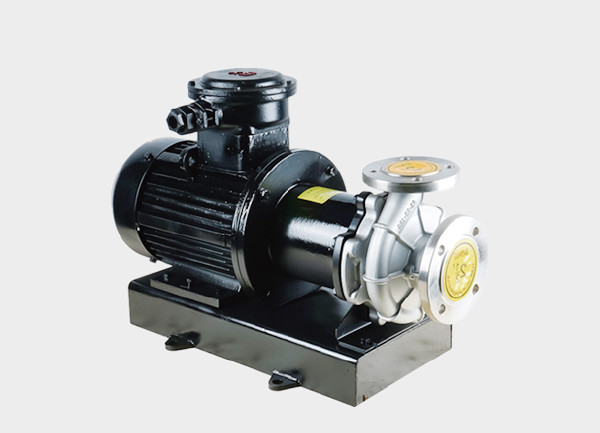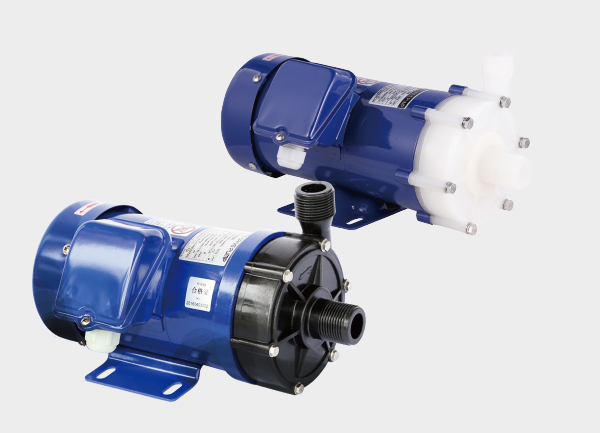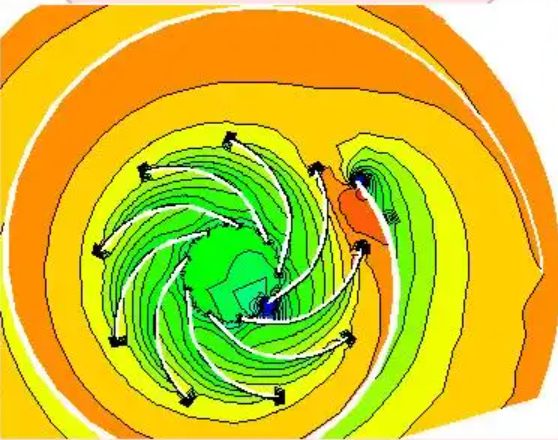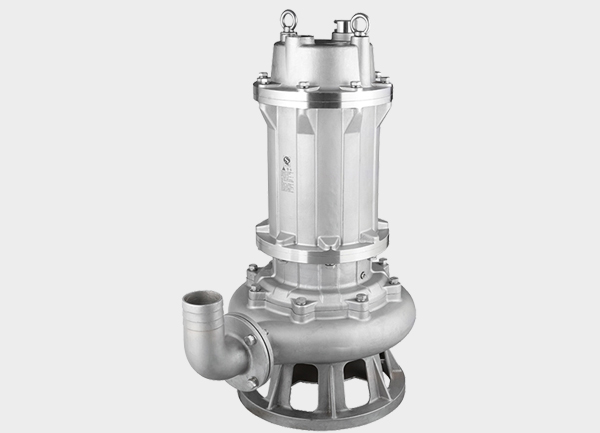In industrial fluid transfer systems, both vertical submerged pumps and vertical immersible pumps are widely used for conveying liquids from tanks, pits, or underground reservoirs. Although they may appear similar in name, their fundamental difference lies in the relationship between the motor and the liquid, which directly leads to distinctions in structure, installation, application, and maintenance.
Below is a detailed comparison across four key dimensions — without using a table — to help engineers and users choose the right pump for their specific working conditions.
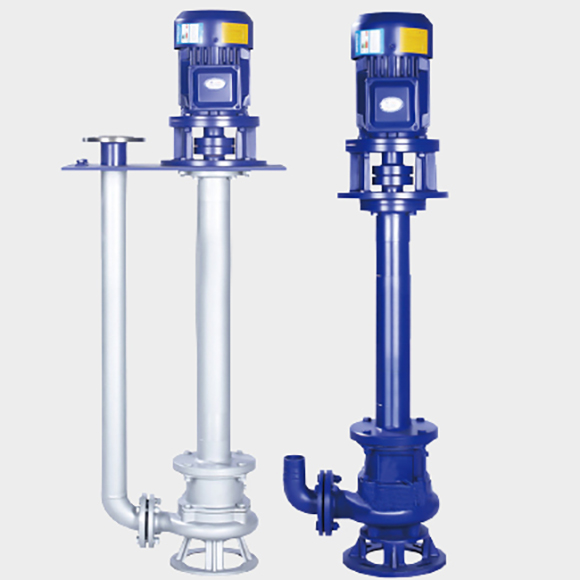
1. Core Structure: Fundamental Difference in Motor Position and Drive Design
This is the most essential difference between the two pumps, and it determines all other design and functional characteristics.
Vertical Submerged Pump:
This design adopts a “motor-on-top, pump-body-below” separated configuration.
The motor is fully positioned above the liquid surface and mounted on a fixed base or platform, with no contact with the liquid, ensuring high safety and long motor life.
Power is transmitted through one or multiple custom-length drive shafts (up to several meters long) that connect the motor to the submerged pump body (impeller, casing, guide vane, etc.).
The junction between the shaft and the pump body must be equipped with a shaft seal (mechanical seal or packing seal) to prevent fluid from leaking upward and reaching the motor.
The overall structure is slender and vertically elongated. The drive shaft is a key load-bearing component that requires precise alignment and vibration control to prevent bending or wear during operation.
Vertical Immersible Pump:
This pump adopts a “fully integrated motor-pump structure” immersed in the liquid.
The motor and pump body are directly connected in a compact, short, and integrated form, with both submerged in the liquid (only the junction box or lifting ring remains above the surface for wiring and hoisting).
There is no long drive shaft, and the motor rotor directly drives the impeller, resulting in a 5%–10% higher transmission efficiency than submerged pumps due to shorter power transmission paths.
The motor requires special waterproof sealing (IP68 or higher) to prevent leakage; if the seal fails, liquid can enter the motor and cause burnout.
The overall structure is compact and lightweight, with fewer mechanical components.
2. Installation and Space: Different Requirements for Foundations and Site Conditions
Both pumps differ completely in installation method and spatial demands.
Vertical Submerged Pump:
Requires a fixed foundation and significant vertical space.
Must be mounted on a stable concrete or steel base capable of bearing the weight of the motor and drive shaft, preventing vibration during operation.
Requires substantial vertical clearance: total height = motor + drive shaft + pump body. For instance, if the liquid depth is 3 m, the total height may reach 4–5 m, unsuitable for low-ceiling areas.
Shaft alignment must be precise. Any deviation can cause vibration, seal wear, or even shaft breakage.
The pump inlet is typically at the tank bottom or side, while the outlet is piped to the discharge line — piping layout must match immersion depth.
Vertical Immersible Pump:
Offers easy installation and low space requirements.
Does not require a fixed base. The entire unit is directly lowered into the liquid tank or container and secured at the opening using a support bracket or suspension hook.
Requires only minimal vertical clearance — just enough for the motor top and cable connection. Ideal for confined spaces, small tanks, or mobile setups.
The discharge pipe can be connected with flexible tubing, allowing quick installation and depth adjustment (up to about 1.5 m immersion depth).
However, the tank opening must be wide enough to fit the pump body diameter.
3. Application Scenarios: Matching Liquid Properties and Operating Conditions
The structural differences determine their suitability for different fluids, temperatures, and depths.
Vertical Submerged Pump:
Best suited for harsh industrial conditions — corrosive, high-temperature, or deep-level applications.
Liquid type: Capable of handling corrosive chemicals (acids, alkalis, solvents), hot liquids up to 150 °C, or liquids containing light particulates (≤5 mm). Materials such as stainless steel, cast iron, or corrosion-resistant alloys can be used.
Liquid depth: Suitable for deep tanks or reactors (3–10 m). Drive shafts can be customized to match the tank depth.
Typical applications: Chemical acid/alkali tank unloading, power plant condensate circulation, wastewater pits, and corrosive process fluid transfer.
Vertical Immersible Pump:
Designed for mild operating conditions — clean, cool, and shallow liquids.
Liquid type: Suitable for clean or lightly contaminated liquids such as potable water, cooling water, or decorative pond circulation.
Temperature range: Typically 0–60 °C; unsuitable for high-temperature or corrosive environments as motor seals degrade quickly.
Depth limitation: Effective only in shallow tanks (≤2 m), as motor immersion beyond this may cause short circuits.
Typical applications: Building water supply tanks, laboratory fluid transfer, fountain or landscape systems, and small industrial cleaning processes.
4. Maintenance and Service: Major Differences in Complexity and Cost
Maintenance convenience directly affects operational reliability and lifecycle costs.
Vertical Submerged Pump:
Easier and more economical to maintain.
Routine inspection: The motor and shaft assembly are above the liquid, allowing real-time checks of vibration, temperature, and seal condition without removing the pump.
Seal replacement: If leakage occurs, only the upper connection section needs disassembly — the tank can remain filled. Repairs typically take 1–2 hours.
Spare parts: Shafts and seals can be replaced individually without replacing the entire pump, keeping maintenance costs low.
Common issues: Shaft misalignment (causing vibration) and seal wear (causing slight leakage), both easily preventable with periodic inspection.
Vertical Immersible Pump:
More complex, time-consuming, and expensive to maintain.
Routine inspection: Visual observation is impossible; condition must be inferred from motor current or outlet pressure.
Repair process: The pump must be fully removed from the liquid for any internal inspection or seal replacement. In large systems, this requires draining the tank, causing long downtime (hours or even days).
Failure risk: Once motor seal failure occurs, liquid enters the motor housing, often requiring full motor replacement, not just seal repair.
Common issues: Seal leakage, impeller blockage by debris, and motor short circuits — all difficult to detect in advance.
✅ Conclusion
While both pumps serve vertical configurations, their engineering philosophies and operational reliability differ completely:
Vertical Submerged Pumps excel in industrial and corrosive environments requiring depth adaptability, durability, and easy maintenance.
Vertical Immersible Pumps are ideal for clean-water, light-duty applications where compactness and simplicity matter most.
For critical chemical or high-temperature operations, the vertical submerged pump remains the superior, safer, and more durable choice.



